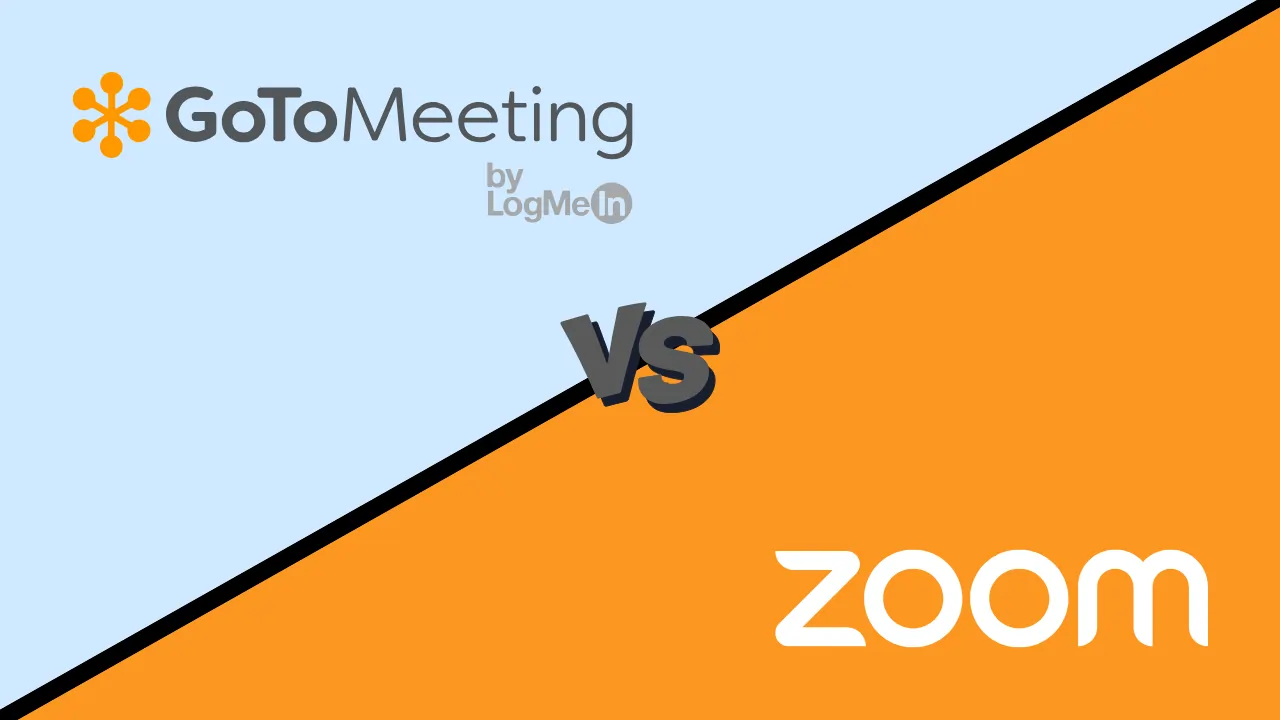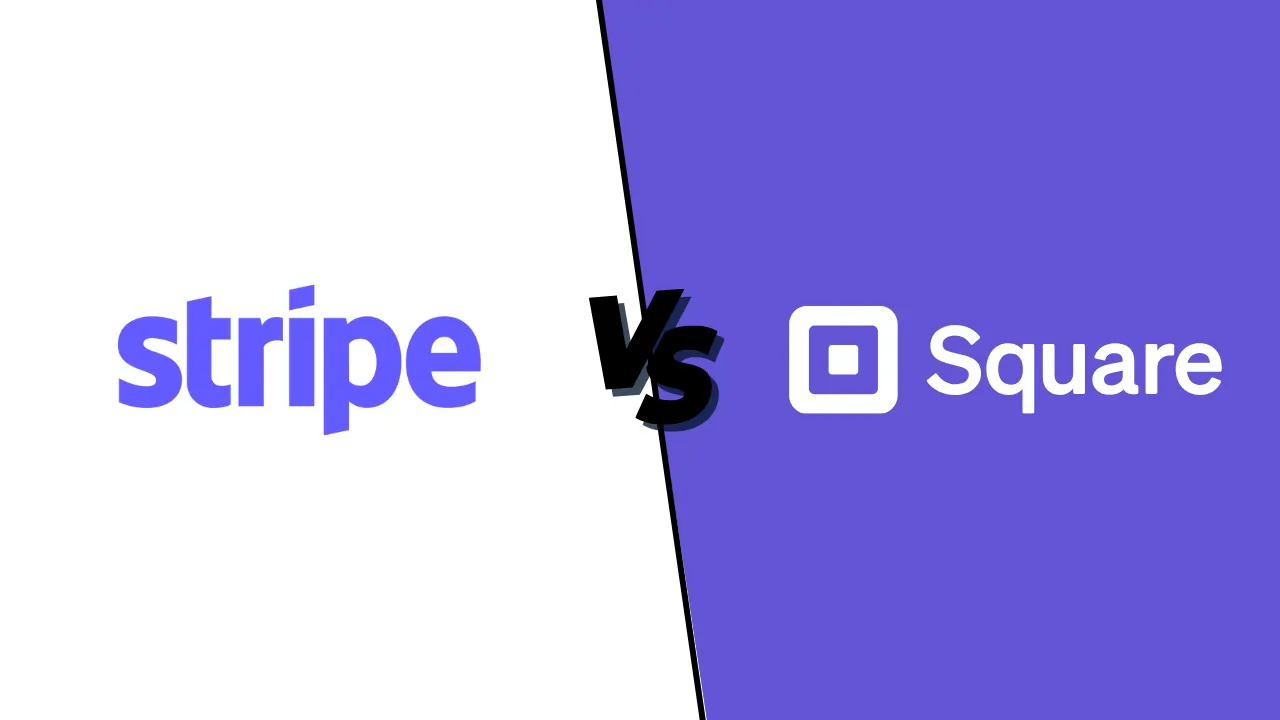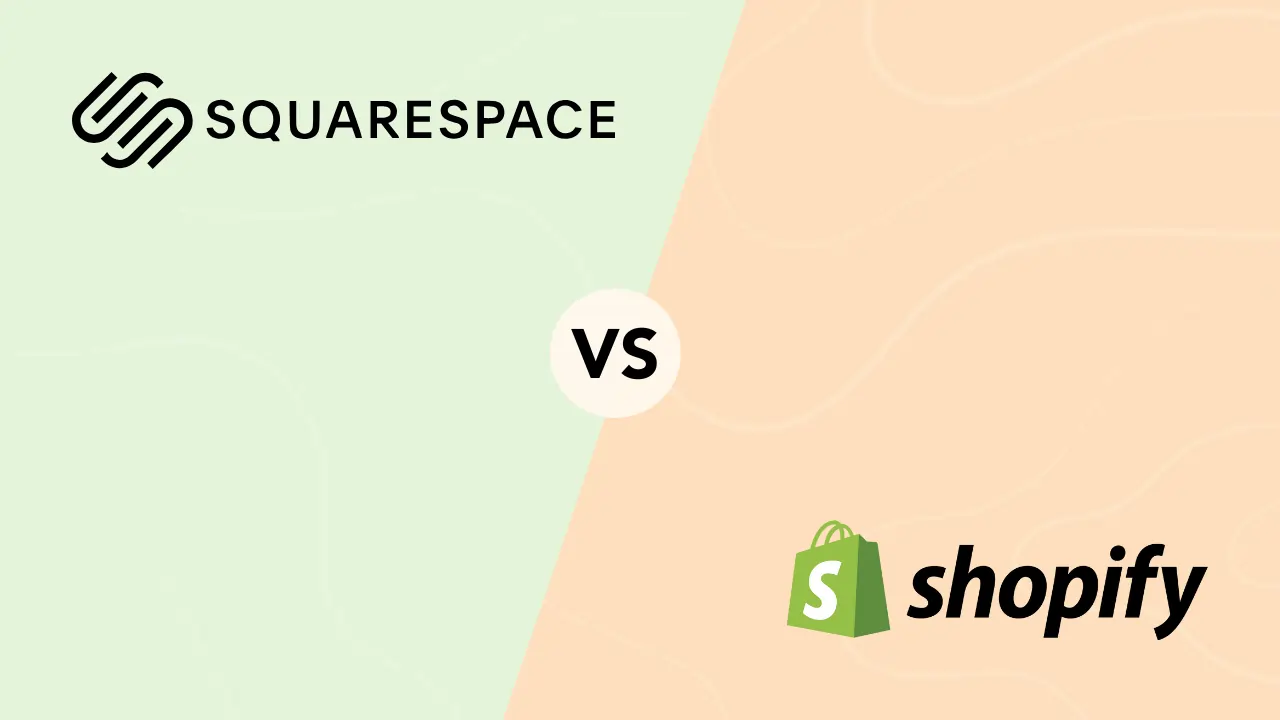Credit Card Processing Fee Calculator
Sonary’s Credit Card Processing Fee Calculator helps small and mid-sized businesses see exactly what they’re paying to accept credit cards. Enter your monthly sales, average transaction size, and each processor’s fees. The calculator shows your total monthly cost and effective rate and lets you see which provider best fits your business.
No spreadsheets. No guesswork. Just clear, side-by-side comparisons based on your actual numbers.
Credit Card Processing Fee Calculator
Your Business Info
Processor Rates
No Data Available
Ensure all required fields have values greater than zero.
Chart Unavailable
Please enter Monthly Sale Volume and transactions to generate the comparison chart.
Results Unavailable
Fill in all required fields to see the breakdown for each processor.
How It's Calculated
Total Cost = (Rate % × Monthly Volume) + (Per Transaction Fee × Number of Transactions) + Monthly FeeEffective Rate % = (Total Cost ÷ Monthly Volume) × 100How to use the Credit Card Processing Fee Calculator
The tool is built to be intuitive, so you can get answers fast without needing a finance degree. Here’s how to use it:
Step 1: Enter your monthly sales volume
Type in how much you expect to bring in from monthly credit card payments. If you’re not sure, just take an average month and round it. The default is $10,000, but you can change it to match your numbers.
- Example: You enter $12,000.
Step 2: Enter your average transaction size
Next, enter your typical sale amount; it’s okay to ballpark a bit. This helps the calculator calculate how many transactions you process each month.
- Example: If most customers spend around $30, enter 30.
Step 3: Compare payment processors
The calculator starts with three sample processors already filled in. You can use those, tweak them, or enter your own based on real quotes you received. You can also add or remove processors to compare more or fewer.
For each provider, fill in:
- Rate (%): The percentage the processor charges per transaction (like 2.6%)
- Per transaction fee ($): A flat fee the processor takes for every sale (like $0.10)
- Monthly fee ($): Any fixed monthly service or account fee (like $25)
Step 4: Review your results
That’s it! The calculator does the rest. You’ll see:
- Estimated number of transactions per month
- Total monthly cost for each processor
- Effective rate (what you’re really paying as a percentage of your sales)
- A breakdown of how much you’re spending on:
- percentage fees
- per-transaction fees
- monthly fees
The calculator highlights the best option (lowest total cost) and shows you a bar chart comparing all the options.
Key terms you should know to use the calculator
Understanding a few basic terms can make a big difference when comparing credit card processing fees. Here’s a quick glossary to help you get the most out of this calculator.
Monthly sales volume
The total amount of money your business earns from credit card payments in a month. This helps estimate overall fees.
- Example: If you earn $12,000 from card payments in a month, your monthly volume is $12,000.
Average transaction size
The typical amount a customer spends per purchase. Used to estimate how many card payments you process each month.
- Example: $20 average ticket on $12,000 in sales = about 600 transactions.
Transaction fee
A flat fee is charged every time a customer pays with a credit card, regardless of the purchase amount.
- Example: $0.25 per swipe, tap, or dip.
Percentage rate (rate%)
The processor keeps a percentage of each sale. For small businesses, this often ranges from 2.5% to 3.5%.
- Example: 2.9% of $100 = $2.90 in processing fees.
Monthly fee
A fixed cost that some providers charge to use their service. It doesn’t change based on sales volume.
- Example: A processor might charge $15 monthly, even if you only process one transaction.
Total monthly cost
The complete amount you’ll pay in credit card fees in a month. Includes transaction fees, percentage fees, and any fixed monthly charges.
Effective rate
The percentage of your total credit card sales that you lose to fees. This is the best way to compare providers fairly.
- Formula: Total Monthly Cost ÷ Monthly Sales Volume × 100
Merchant account fees
A general term for all fees tied to your payment processor, including both fixed and variable costs.
How does it work? The formula behind the calculator
Want to know precisely how this fee calculator gets its results? Here’s a breakdown of the formulas used.
1. Estimate the number of transactions
First, the tool determines how many monthly credit card transactions you make.
Formula:
Monthly Transactions = Monthly Sales Volume ÷ Average Transaction Size
Example:
$12,000 in monthly sales ÷ $30 average sale = 400 transactions
2. Calculate the total monthly cost
Based on your sales and pricing info, this is how much you’d pay in fees to each processor.
Formula:
Total Cost = (Rate % × Monthly Sales) + (Per Transaction Fee × Number of Transactions) + Monthly Fee
Example (Processor A):
Rate = 2.6% → 0.026 × $12,000 = $312
Per Transaction Fee = $0.10 × 400 = $40
Monthly Fee = $25
Total Cost = $312 + $40 + $25 = $377
3. Figure out the effective rate
This is the percentage of your sales you’re paying in processing fees. It’s the true apples-to-apples number that tells you which provider is cheapest overall.
Formula:
Effective Rate (%) = (Total Cost ÷ Monthly Sales Volume) × 100
Example:
$377 ÷ $12,000 = 0.0314
Effective Rate = 3.14%
The calculator does everything behind the scenes and instantly shows you the results. You get a full breakdown and can see where your money’s going.
When should you use the processing fee calculator?
If you run a small business, you already know that credit card fees can quietly eat into your margins. You may not see it right away, but every swipe, dip, and tap adds up. Between percentage-based rates, per-transaction fees, and monthly service charges, it’s not always easy to know what you’re actually paying.This calculator helps you get a clear view of those costs and make better decisions. Here are the best times to use it:
1. When you’re choosing a payment processor
If you’re just starting or considering switching providers, use the calculator to compare real costs. You can plug in your sales volume and see which processor offers the lowest total fee. This is one of the easiest ways to find the cheapest credit card processing provider for your business.
2. When you’re reviewing contracts or negotiating rates
If you’re already working with a provider, the calculator can show you how your fees stack up. Enter your current rate and fee structure, then compare it to other options. If your merchant fees are high, you’ll know it’s time to ask for better terms or consider a switch.
3. When your business starts to change
Maybe you’re selling more than before. Maybe your average ticket size is growing. When that happens, your fee structure might not be the right fit anymore. Run your updated numbers through the calculator to ensure you’re not leaving money on the table.
4. When you’re budgeting for the months ahead
Credit card transaction fees affect your cash flow. If you’re planning for a busy season, launching a promotion, or preparing a budget, use the calculator to estimate monthly costs and avoid surprises.
Knowing your true merchant account fees helps you make smarter decisions. And the more often you check, the easier it becomes to stay one step ahead of your expenses.
Understanding the calculator’s outputs
Once the calculator runs your numbers, you’ll see more than just which provider is the cheapest. The results give you a full breakdown of where your money is going, how efficient each processor is, and what to look out for before making a decision.
Total monthly cost
This is the big number. It shows how much each payment processor would cost you based on your sales volume and average transaction size. It includes percentage-based fees, per-transaction charges, and flat monthly service fees.
This is where to start if you’re just looking for the bottom-line amount.
Effective rate
The effective rate tells you what percentage of your total sales you’re giving up in fees. It’s one of the best ways to compare providers fairly. A low percentage rate doesn’t always mean lower fees. This number reveals the whole picture.
- Tip: Many small business owners pay between 2.5% and 3.5% in effective processing fees. If yours is higher, it may be time to shop around.
Fee breakdown
The calculator splits your total cost into three parts:
- Percentage fee – based on a cut of your sales
- Transaction fee – charged for each individual purchase
- Monthly fee – a fixed amount you pay no matter what
This helps you see which processor is charging more and why. One might have a low rate but high per-sale fees, while another might offer cheap transactions but a big monthly charge.
How to interpret it all
Look beyond just the lowest monthly cost. Think about:
- Your transaction volume – Do you process many small payments, or fewer large ones?
- Your sales growth – Will your fees scale well as your business grows?
- Your margins – Can you absorb the cost difference between the two options?
What works for a high-volume retail store may not work for a freelancer or solo operator. The calculator gives you the data to match the right pricing model to your specific business.
Other useful Sonary calculators to try
The Credit Card Processing Fee Calculator is just one part of a full toolkit designed to help small business owners make smarter, faster decisions. If you’re looking to go deeper, here are a few other tools worth checking out:
Break-Even Calculator
Want to know how much you need to sell to cover your costs? This tool helps you figure out your break-even point so you can price more strategically and plan for profitability.
Profit Calculator
Understand how much you’re making on each sale. Just plug in your cost and selling price, and the calculator shows you your margin in seconds.
Pricing Strategy Tool
If you’re not sure how to set your prices—or whether you’re charging enough—this tool walks you through different models to find the right fit for your market, your margins, and your growth goals.
These calculators work independently but are even more powerful when used together. Use them to build a clear financial picture for your business and make confident decisions at every stage.
Not sure where to start? We’ll do it for you
Running a business means juggling a lot. If breaking down credit card processing fees feels overwhelming, or if you just don’t have the time to compare providers yourself, we’ve got you covered.
Take a quick 2-minute questionnaire, and we’ll match you with the best payment processor for your business based on your:
- Monthly sales volume
- Transaction size
Industry type - Payment preferences (online, in-person, mobile, etc.)
No math. No spreadsheets. Just tailored results you can trust.




